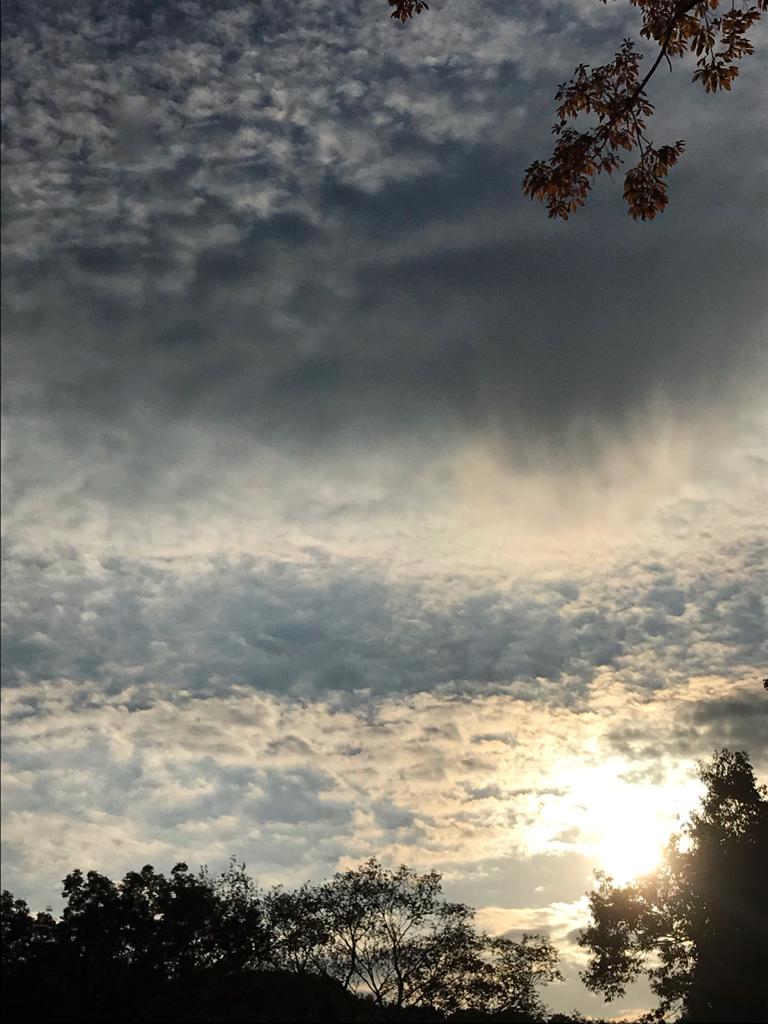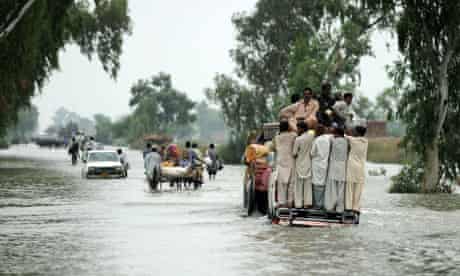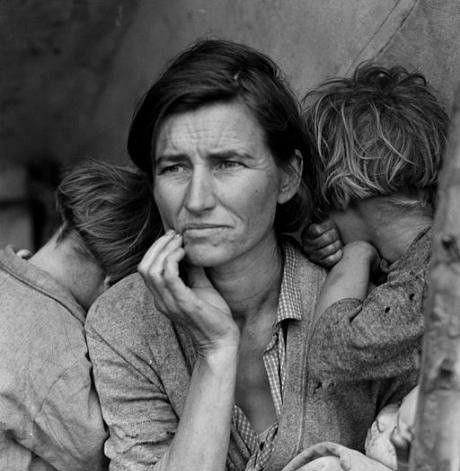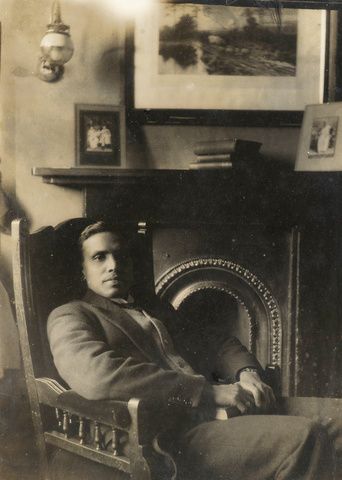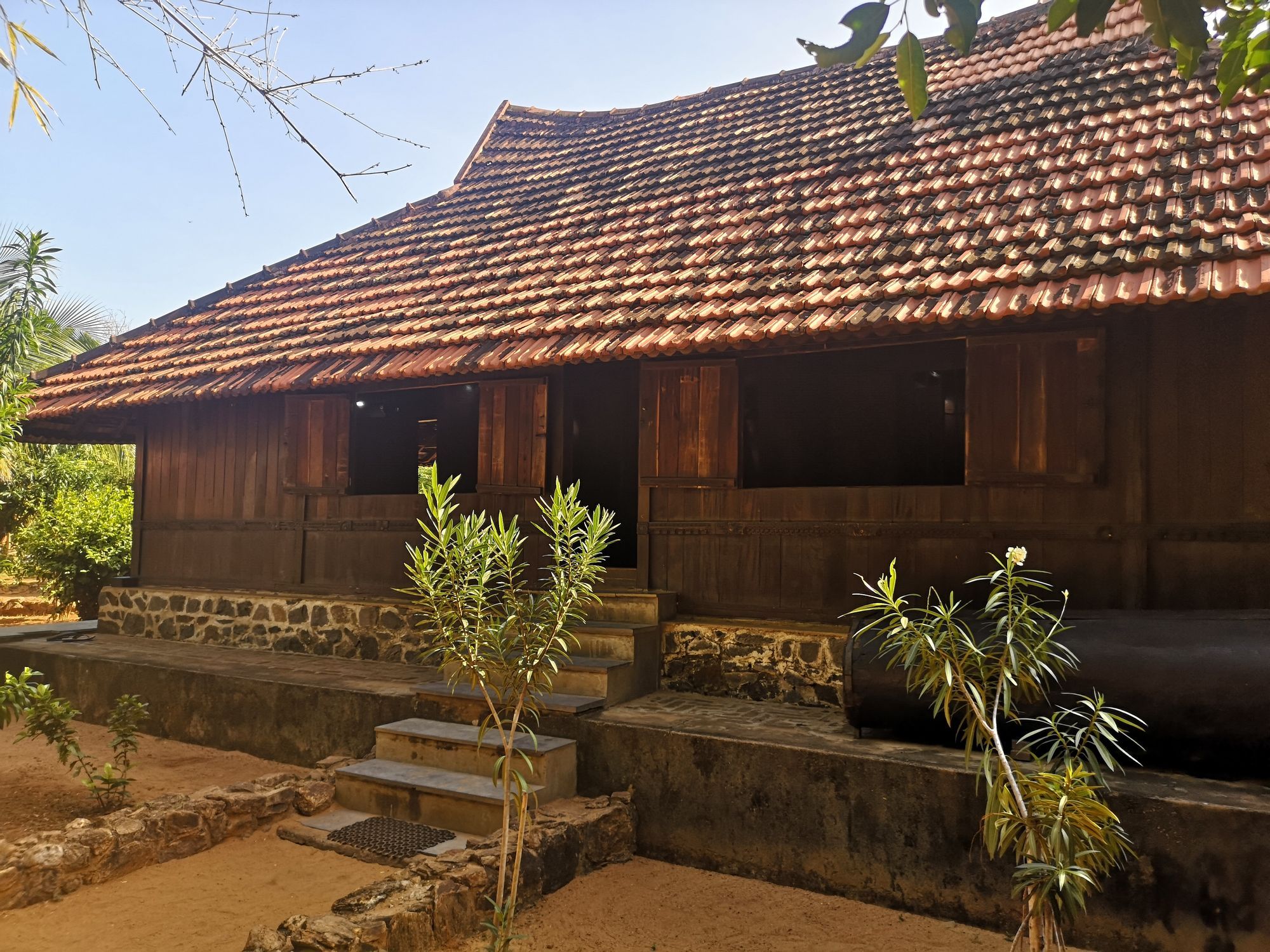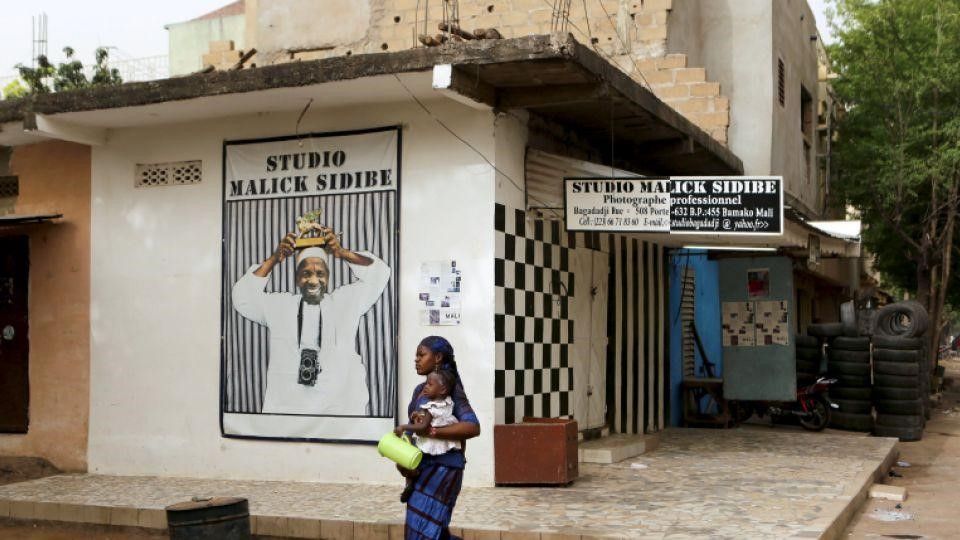Displacement, Environments, and Photo-Politics in the Mediterranean: Migrant Sea

“In this evocative and poignant book, Parvati Nair uncovers stories, recalls memories and explores visual narratives, or what she calls the “photo-politics” of displacement. It is a timely exposure of the precarity of mobility and the complexity of belonging. The focus is on the Mediterranean, the liquid border between North and South, as this site is, once again, a source of much tragedy. Photographs are now ubiquitous with everyday life. However, Nair shows us how they can still shock and reshape our public imagination.”
-- Nikos Papastergiadis, University of Melbourne.
“This wide-ranging and profound book is a parable of our times. It demonstrates lucidly the entanglement of visual dynamics with the pervading issues of the day - climate emergency, displacement and migration - and their defining violence and precarity. The volume’s multi-layered focus on the larger Mediterranean region gives it both a contemporary urgency and a historical depth, so often missing from debates. At the centre is the work of photographs.”
-- Elizabeth Edwards, De Montfort University and University College London.
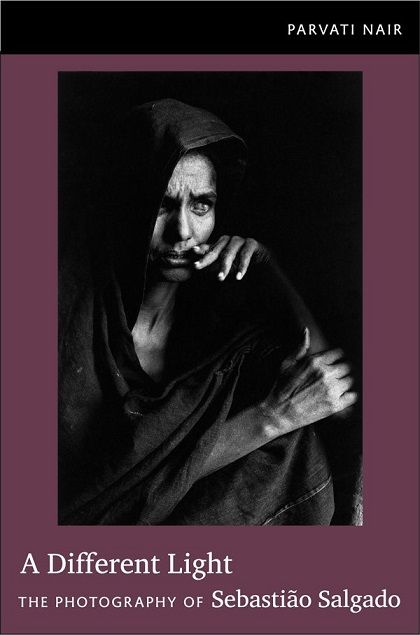
“An excellent study! Parvati Nair simultaneously places the work of Sebastião Salgado within broader contexts and illuminates contemporary debates on aesthetics, ethics, and photodocumentary, with welcome emphasis on perspectives from the Global South. A must-read for all those concerned with photographs as visible evidence.”—Liz Wells, Plymouth University, United Kingdom
‘The Razor’s Edge: Image and Corporeality at Europe’s Borders’, in Tanya Sheehan (ed.). 2018, Photography and Migration, London: Routledge, pp. 83-99
‘Still Photography and Moving Subjects: Migration in the Frame of Hospitality,’ in Nair, Parvati and Bloom, Tendayi (eds)., Migration Across Boundaries (2015), Ashgate
‘The Refuge of Photography: Perspectives on Asylum, Citizenship and Belonging in London’ in Moving Worlds, special issue edited by David Farrier, Autumn 2012.
‘After-Images: Trauma, History and Connection in the Photography of Alfredo Jaar,’ chapter in The Eyes of Gutete Emerita, 2010, edited by Pamela Prado, Santiago de Chile: Dirac Publishers, 63-78
‘Fotografía en torno al Estrecho,’ in Dos siglos de imágenes de Andalucía edited by Alberto Egea, Sevilla, Centro de Estudios Andaluces, 2006
‘The Regard of the Gypsy: Ramón Zabalza's gitano photographs and the visual challenge to the stereotype’ in Prácticas de poder y estrategias de resistencia en la España democrática, edited by Óscar Cornago Bernal, special issue of Iberoamericana, 24.4, 2006
‘Albums of No Return: Ethnicity, Displacement and Recognition in Photographs of Moroccan Immigrants in Spain’ , Journal of Spanish Cultural Studies, 1, March 2000, 59-73
